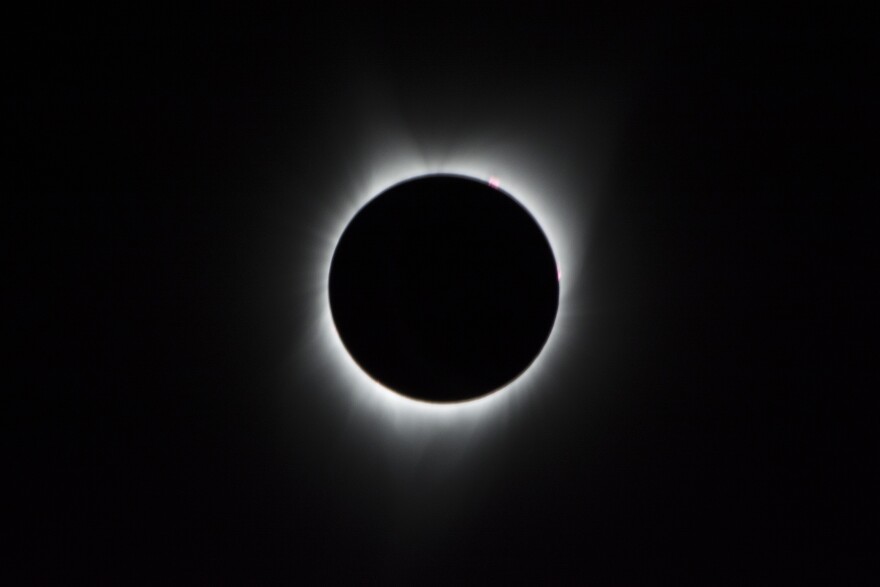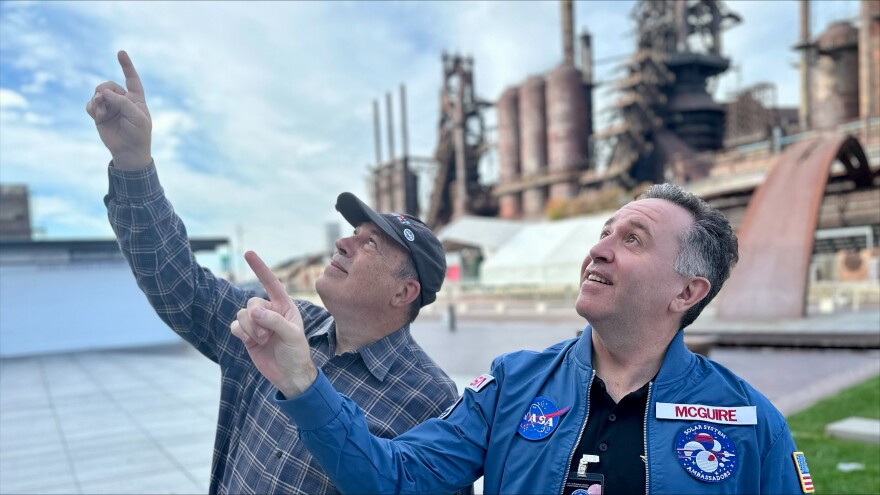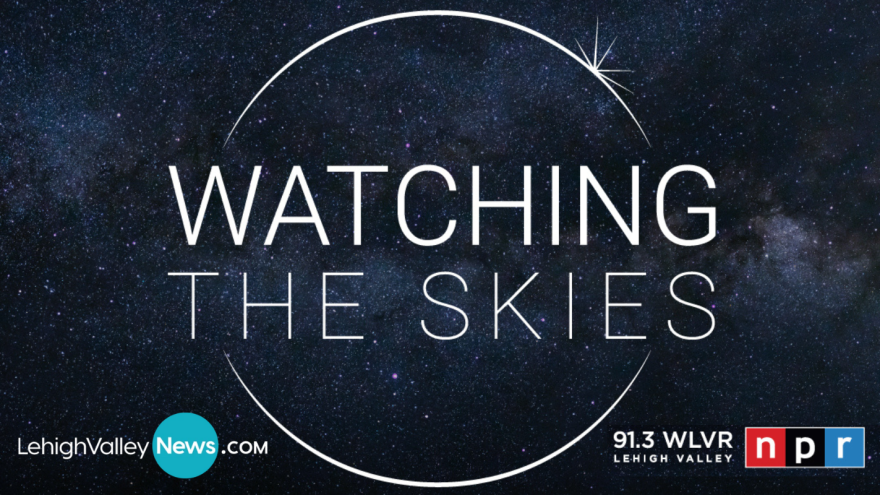BETHLEHEM, Pa. — Brad Klein reviews upcoming astronomical highlights with Bethlehem’s "Backyard Astronomy Guy," Marty McGuire.
This week the question is: Are eclipses of the sun and moon common, or rare? The answer is … both!
Looking at astronomy as a "glass half full," there is the good news that September 2025 brings both a total lunar eclipse, and a partial solar eclipse to planet Earth.
But, before you dust off your eclipse glasses, you’ll need dust off a credit card to travel the globe for a chance to view either event.
The partial solar eclipse will be visible Sunday, Sept. 21. But the best views are from the South Pacific, New Zealand, or even Antarctica.

A total lunar eclipse will be more widely seen in the night of Sunday, Sept. 7, but not from the Lehigh Valley, or any part of North America.
“Partial solar eclipses happen about two to four times a year somewhere across the planet,” according to McGuire. And a lunar eclipse occurs from four to seven times a year … somewhere."
He says that the "takeaway" is that eclipses are not rare for the Earth as a whole. But in any given location, say for example, the Lehigh Valley, they’re not that common, either.



